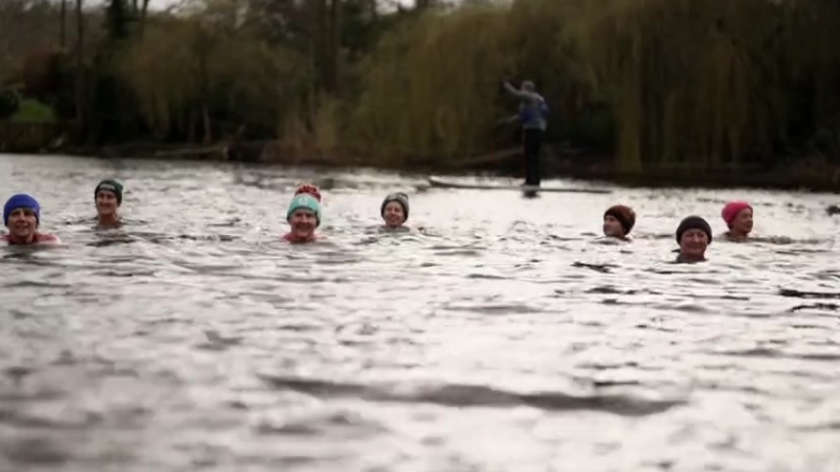
A few years ago, fly-fishers in Nidderdale began to notice a deterioration in the river’s water clarity and feared it could lead to catastrophe for the trout and grayling that swim in it.
A few years ago, fly-fishers in Nidderdale began to notice a deterioration in the river’s water clarity and feared it could lead to catastrophe for the trout and grayling that swim in it.
Then in 2022, a group of children fell ill after swimming in a section of the Nidd at Knaresborough and it became obvious that serious action was needed to clean up the Nidd from pollution.
It’s one of the rare issues that has united politicians of all stripes and campaigners at the Nidd Action Group were hopeful that a section of the river by the Lido in Knaresborough would be one of a handful across the country to be designated bathing water status.
This morning, they got their wish and Conservative MP Andrew Jones, who has led the campaign, hailed the moment as a turning point in the fortunes of the river which receives pollution from Yorkshire Water and through peat bog erosion and metal mining.
But what does bathing water status really mean — and will it lead to a cleaner Nidd for people and wildlife?
What is bathing water status?
The government has the power to designate rivers and waterways bathing water status.
Once designated, each year during the peak bathing season between May and September, the Environment Agency will test for pollutants.
They will be looking for bacteria such as E-coli which can be a signifier of human waste.
The idea behind the status is that more monitoring should help Yorkshire Water and other polluters better understand the problem so they can work to reduce the amount of waste that goes into the river.
Publically available results should also help the public hold their efforts to account.
Samples from the Nidd will be processed within 24 hours and sent to a lab near Exeter where a team of scientists will analyse them.
The results are then published on the Environment Agency’s Swimfo website, and the site will be given a rating.
The government will then launch a consultation later this year on proposals to reform bathing water regulations in England that could see monitoring take place all year round.
It could also expand its definition of bathers to include a wider range of groups beyond just swimmers, such as rowers, kayakers and paddle boarders.
When will the Nidd be safe to swim in?
Just because the Nidd is now designated bathing water status does not mean it’s safe to swim in yet.
Defra said that last year 96% of bathing waters in England met minimum annual standards and 90% were rated as “good” or “excellent”.
However, most of the waterways that have the status are on beaches.
The overall picture is not good for the two rivers that have been designated bathing water status.
In 2020, wild swimmers in Ilkley ran a successful campaign to see a section of the Wharfe designated.
It captured the imagination of the public and inspired similar efforts in Knaresborough but despite Yorkshire Water pledging millions in extra funding to improve the health of the Wharfe, it was still rated ‘poor’ by the Environment Agency.
They found a host of bacteria impacting water quality, including human and animal DNA.
So while bathing water status represents a positive move forward, the real work to clean up the Nidd for future generations starts now.



 Police appeal for witnesses following fatal collision near Ripon
Police appeal for witnesses following fatal collision near Ripon
 Harrogate school holds speech competition following release of hit tv show 'Adolescence'
Harrogate school holds speech competition following release of hit tv show 'Adolescence'
 Students to showcase their talents at Harrogate Flower Show
Students to showcase their talents at Harrogate Flower Show
 Harrogate vehicle leasing company drive new ESG strategy
Harrogate vehicle leasing company drive new ESG strategy
 Yorkshire Baby Show Moves to a New Home in Harrogate for its Biggest Event
Yorkshire Baby Show Moves to a New Home in Harrogate for its Biggest Event
 Harrogate hair brand raises almost £3,000 for children's cancer charity
Harrogate hair brand raises almost £3,000 for children's cancer charity
 Harrogate dog show to include new pet-themed market
Harrogate dog show to include new pet-themed market
 Leeds Bradford Airport launches new flights to Palma and Malaga
Leeds Bradford Airport launches new flights to Palma and Malaga
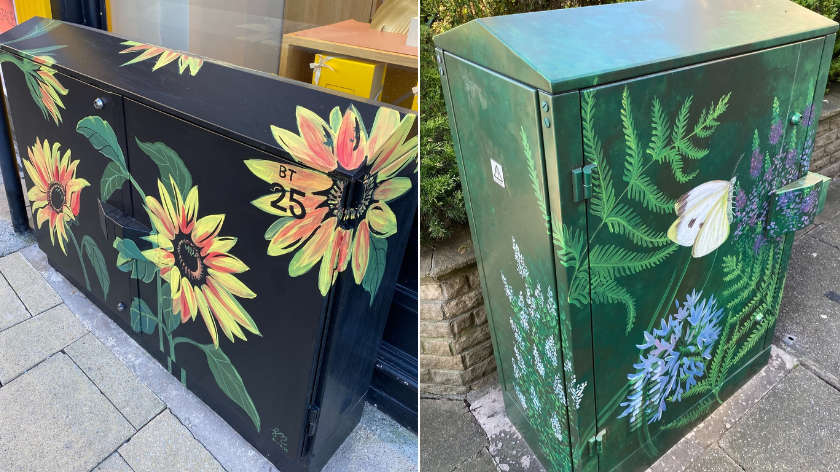 New floral artwork unveiled across Harrogate town centre
New floral artwork unveiled across Harrogate town centre
 80 Easter eggs collected for Knaresborough special needs school
80 Easter eggs collected for Knaresborough special needs school
 Baby giraffe born at Flamingo Land
Baby giraffe born at Flamingo Land
 YMCA Ripon to host charity sleep out
YMCA Ripon to host charity sleep out
 Saltergate girls' football team: A journey of triumph and opportunity
Saltergate girls' football team: A journey of triumph and opportunity
 Himalayan Garden & Sculpture Park unveils 70 new artworks
Himalayan Garden & Sculpture Park unveils 70 new artworks
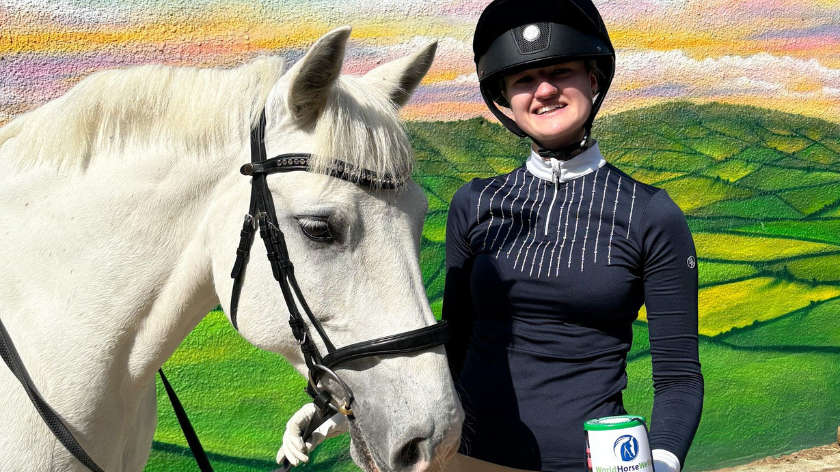 Harrogate vet receptionist tackles London Marathon to help horses
Harrogate vet receptionist tackles London Marathon to help horses
 Programme revealed for Harrogate crime writing festival
Programme revealed for Harrogate crime writing festival
 Hundreds take on inflatable wipeout challenge in Harrogate
Hundreds take on inflatable wipeout challenge in Harrogate
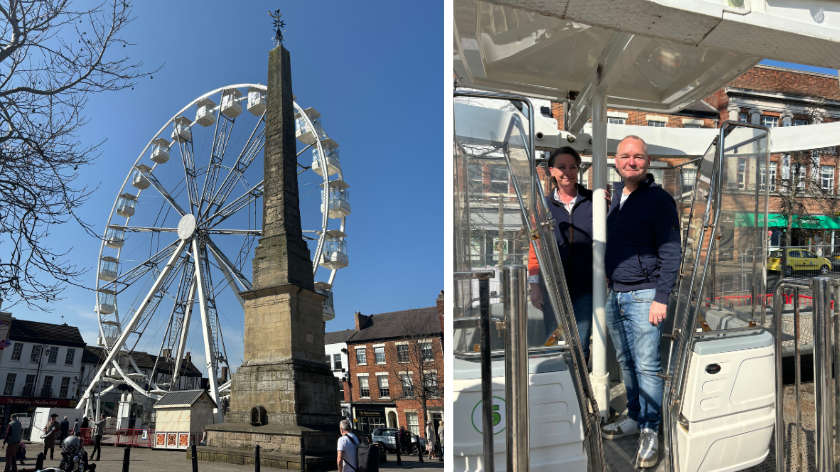 108-foot ferris wheel launches in Ripon
108-foot ferris wheel launches in Ripon
 Brand new play area unveiled at Harewood House
Brand new play area unveiled at Harewood House
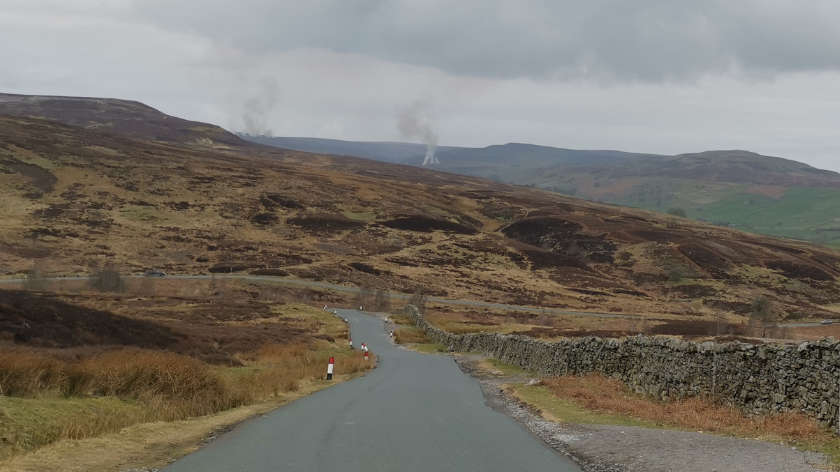 Wider ban on heather burning 'risks catastrophic wildfires'
Wider ban on heather burning 'risks catastrophic wildfires'








